Website Development Cost In India 2025 [Full Breakdown]
Are you thinking about starting a website development cost but are confused about cost? You are not alone! Whether you are building your individual brand, a start -up that comes into digital space or an established business upgrading your online appearance, the first step for the smart scheme is to understand development costs for websites in India.
In Bloom Agency, we have worked with businesses of all sizes and know that the cost of creating a website development cost can vary widely. Good news? In 2025, creating a professional website development cost in India is more economical and flexible – you know factors affecting prices.
Table of Contents
ToggleAverage development cost for websites in India (2025)
The average website development cost in India is between 10,000 and 250,000 dollars, depending on the website development cost, design, functionality and scale. Here’s a quick look:
- Basic Website (5-10 page):£ 10,000 – 20,000
- Short corporate website (10–12 pages): 20,000 – 50,000
- website development cost (50-100 products): 35,000- 1.00,000
- Enterprise-Level Website (25-75 pages): 80,000- 2.50 000
This wide spectrum shows the fact that each business has unique requirements. Let’s break down the costs in detail.
Shopify Website Development Cost
Shopify is a specialized platform for building e-commerce websites. It is widely used for online stores, providing powerful e-commerce features like inventory management, payment gateway integration, and mobile responsiveness. Know the Shopify website development cost and plans.
Shopify Website Features:
- Easy-to-use interface for e-commerce businesses.
- Secure and reliable with built-in payment gateway options.
- Subscription-based platform (monthly fees).
Estimated Development Cost:
- DIY: ₹30,000–₹1,00,000/year (for basic subscription plans, domain, and apps).
- Freelance Developer: ₹50,000–₹1,50,000 (for customization, theme adjustments, and additional features).
- Web Development Agency: ₹1,00,000–₹5,00,000+ (for custom themes, integrations, and advanced functionalities).
Additional Costs:
- Apps/Plugins: ₹500–₹10,000+ per app (for additional features like product customization, SEO tools, etc.).
- Custom Themes: ₹10,000–₹50,000 (for bespoke designs).
| Item | Cost Range |
| Domain Name | INR 500-1500/Year |
| Premium Tamplates | INR 0-5000+ |
| Custom apps/Plugins | IBR 2000-10000 |
| Custom Development | INR 10000-50000+ |
| SEO Setup | INR 3000-10000 |
1. Domain name cost
Your domain or website development cost is the address of your website development cost(example.com). Choosing the right helps you create the reliability and faith of the brands.
- website development cost: 800 -2000 per year
- Premium Domain or Ala Extension (.Tech, .Store, .guru) can cost more
- Bloom Agency advises website development cost participants to quickly secure their domains to avoid losing.
2. Website Hosting Cost
Hosting is the place where your website development cost become online. The cost depends on the type of hosting you choose:
- Shared Hosting: 2000 – 5,000 dollars per year
- WordPress Hosting: 5,000 – at 20,000 per year
- Website development cost: 30,000 dollars – at 3.00,000 per year (scalable for large businesses)
- Dedicated Hosting: 50,000 dollars – at 6.00,000 per year
For small businesses, website development cost, divided or WordPress hosting, is usually sufficient. For e-commerce or business solutions, or dedicated hosting is necessary.
3. Website Development Cost
The design of your website development cost affects user experiences and conversions. In 2025 you have two main options:
- Mal-based design website development cost: 5,000- £ 15,000
- Fast and cost-effective, but limited adaptation.
- Custom design: 30,000 – 1.50,000+
- Unique, made of brand-specific layout scratches.
Bloom Agency usually recommends customized designs for website development cost aimed at standing outside.
4. Type Site Development Cost
Different websites have different value restrictions in India:
- website development cost: 5,000 – 20,000 (original portfolio)
- Dynamic website: 20,000- 50,000 (blog, service-based business)
- E-commerce sites: 50,000- (2.00,000 (online store)
- Custom Web application: and 1,000,000 and above (Mother -in -Law, Enterprise Solutions)
Website Development Cost by Type in India
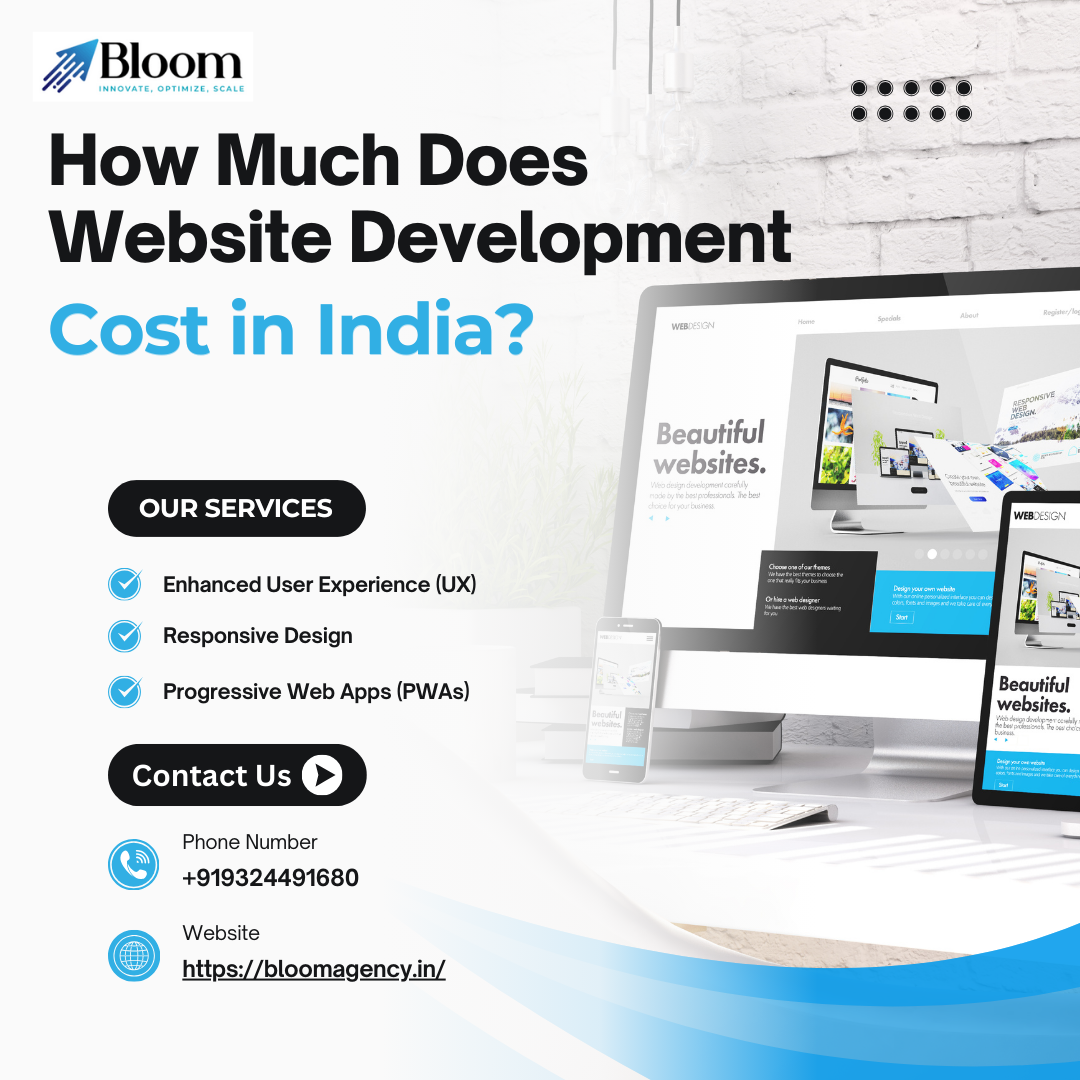
When it comes to website development, no cookie-cutter approach works. A website that works well for an educational institution may not work well for a business in medical genre or an ecommerce business.
| Types of websites | Estimated cost Range |
| Basic static website | INR 5000-20000 |
| Dynamic website | INR 20000-50000 |
| E-commerce website | INR 50000-200000 |
| Custom web application | INR 100000 ONWARDS |
Understand the cost of the scene
The platform alternative is one of the first decisions that directly affects the website development cost. Platforms such as WordPress, Shopify, Wix, and Magento dominate the industry because of their flexibility and scale. WordPress is widely used for its cost-effectiveness and adaptability, making it suitable for blogs, portfolios, and business website development cost in India. On the other hand, Shopify, often chosen by e-commerce companies because it comes with integrated equipment to sell online, even if the price limit is higher than WordPress.
Wix is more early-friendly, with drag-and-drop features that allow small businesses to create a functional website development cost in India. For large companies, Magento provides strong solutions with advanced e-commerce functionality, but it comes on a premium investment. Bloom Agency’s website development cost helps customers evaluate these platforms to ensure that the alternative corresponds to both the goals and the budget.
The importance of maintaining websites
The construction of a website development cost is just the beginning; It is just as important to maintain it. A live website development cost requires regular updates to stay safe, fast and functional. The website development cost maintenance includes updating plugins, fixing errors, securing backup and implementing security updates. Maintenance of maintenance can lead to downtime, security breaches or poor user experiences, which can damage all brands of reputations.
In India, annual maintenance costs from a cheap package to small website development cost to more advanced support for large e-commerce platforms. Companies that invest in regular maintenance have high reliability, better performance, and long-term website development cost savings as small problems are solved before growing into major problems.
WordPress Website Development Costs
| Item | Cost Range |
| Shopify Plan | INR 2000-25000/month |
| Domain Name | INR 500-1500/Year |
| Premium Theme | INR 2000-12000 |
| Custom Apps/ Plugins | INR 5000-30000 |
| Custom Development | INR 10000-50000+ |
| Content Cration | INR 5000-15000 |
| SEO SETUP | INR 5000-15000 |
| Payment Getway fees | 1.9-29% per transaction |
Further features
The cost of developing the website development cost also depends heavily on the features added to improve the user’s involvement and security. For example, an SSL certificate has become compulsory not only to secure customer data, but also to achieve a high ranking on the search engine. Similarly, integration of live chat features creates a more individual customer experience and can improve conversion.
For companies that sell website development cost, payment gateway integration is an important function, even though it increases the overall budget. Features that agree on ordering systems and multilingual support are quickly popular when they meet different business needs. While each function comes with an extra cost, the long-term value they give to the customers’ satisfaction and trust is often.
Features that agree on ordering systems and multilingual support are quickly popular when they meet different business needs. While each function comes with an extra cost, the long-term value they give to the customers’ satisfaction and trust is often.
DIY, Freelancer or Agency: Creating the Correct Option
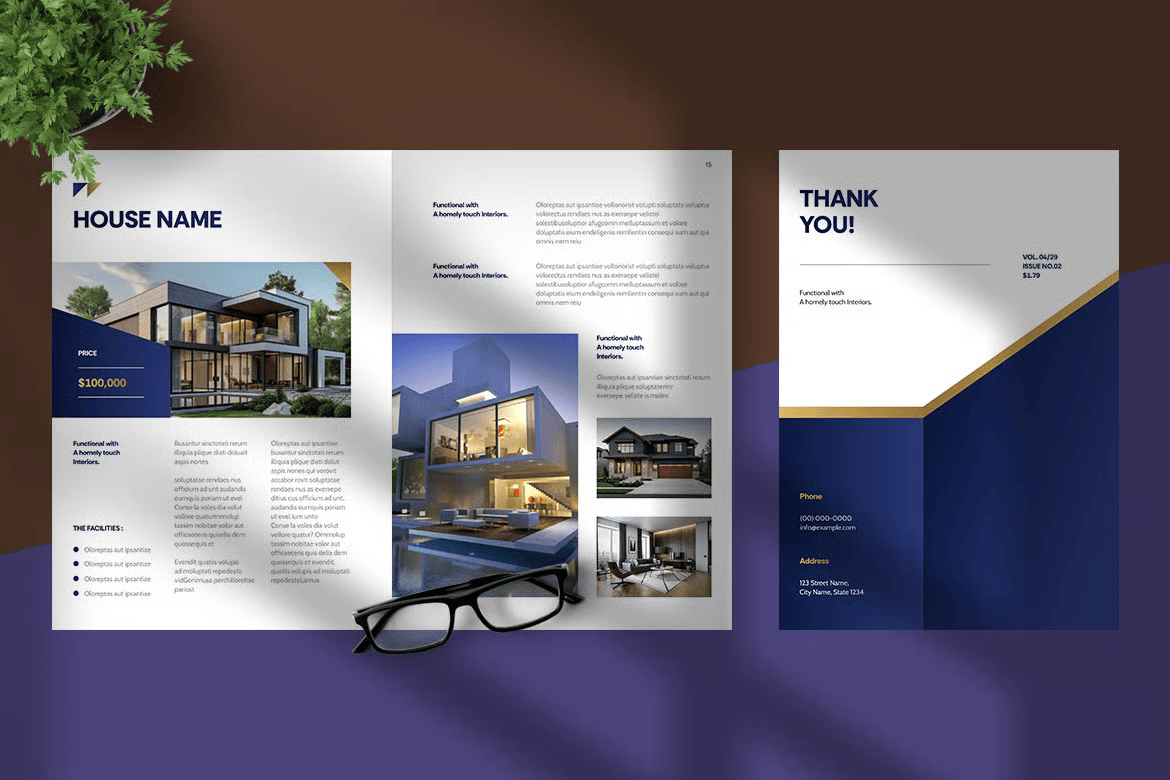
Another important factor that affects costs is that you choose to create your website development cost. Some business owners choose DIY website development cost in India builders such as Vicks or Squarespace, which are low cost solutions, but have boundaries in scalability and professional appearance. Freelancers are one step above, offering optimization at reasonable prices, but they may have long -term support or lack of resources for large projects.
Agencies such as Bloom Agency provide a more general approach, combining design, website development cost, and maintenance in a package. While agencies may require high fees, investment ensures a structured process, scalability and long-term reliability for future development. The choice eventually depends on your business scale and the website development cost in the digital journey to your brand.
Factors beyond development costs
Beyond the first layout, many external factors affect the total investment. Hosting fees, domain names registration and repetitive expenses from renewals that should be considered. The choice of hosting -Shed, cloud or dedicated, depending on traffic expectations and commercial scale. Material construction is another important factor, as website development costwith high-quality copy, images and video, perform better and provide a strong return on investment.
The adjustment to the search engine is equally important, as even the most beautiful design site fails to perform if customers cannot find it. In Bloom Agency, we website development cost these factors into our planning process, so that companies get a complete picture of their investments instead of being surprised by the hidden costs later.
Why 2025 is the right time to invest in a website
The digital website development cost in India expanded rapidly in 2025. Continuing online with more companies and spending more time on consumers’ digital platforms, competition is more intense than ever. A professionally produced website not only improves reliability, but also acts as a basis for digital marketing campaigns, integration of social media and expansion of e-commerce. Companies that delay the investment on a website development cost that falls behind the participants, who have already utilized digital occasions. Now your site is not only the right time to see not only as a cost, but as a property that generates an average return over time.
Final thoughts
The website development cost in India varies widely depending on your goals, facilities and competence levels you choose to rent. On average, businesses should expect to spend between 20,000 and 2.00,000 for a professional website in 2025. Although it may look like a significant investment, the long -term benefits of a well-designed and well-maintained website development cost. In Bloom Agency we see a website as the basis for digital success. With the right platform, strong design, continuous maintenance and price-enhancing features, your site exceeds an online appearance- it becomes a powerful business tool.
If you are ready to create or upgrade your website development cost Bloom Agency can provide a customized offer corresponding to your business needs and future goals. Your digital journey begins with the same step, and the right website can take your brand more than ever.
FAQS
What is the average cost of website development in India?
The average cost of website development cost in India can range from ₹20,000 to ₹1,50,000 depending on factors such as design complexity, features, CMS or custom development, and developer expertise.
2. Why does website development cost vary so much?
Website development cost costs vary due to design requirements, number of pages, level of customization, technology stack, and whether you hire a freelancer, agency, or enterprise developer.
3. How much does it cost to build an e-commerce website?
An e-commerce website development cost typically costs between ₹50,000 and ₹5,00,000 depending on product range, payment gateway integration, inventory management, and other advanced features.
4. Can I get a website developed at a low cost?
Yes, basic website development cost, like personal portfolios, blogs, or small business sites can be built for as low as ₹10,000–₹20,000 using CMS platforms such as WordPress or Wix.
5. What factors affect website development cost the most?
Key factors include the type of website, design complexity, third-party integrations, hosting, SEO optimization, and the experience level of the developer or agency.
6. Is custom website development more expensive than template-based?
Yes, custom website development cost is generally more expensive because it involves unique designs, tailor-made functionalities, and advanced coding, while template-based websites are quicker and cheaper.
7. Are there any hidden costs in website development?
Yes, apart from initial website development cost, hidden costs can include domain registration, hosting charges, maintenance, security updates, and content creation

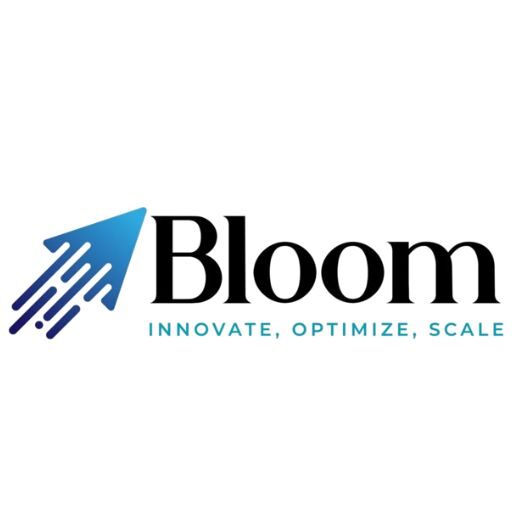
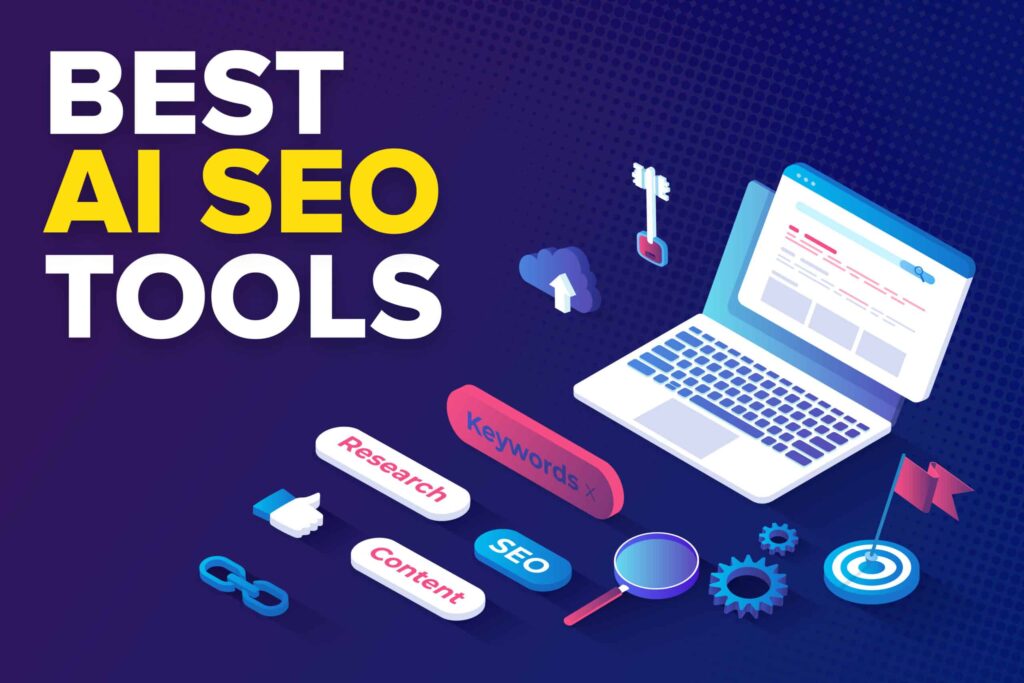
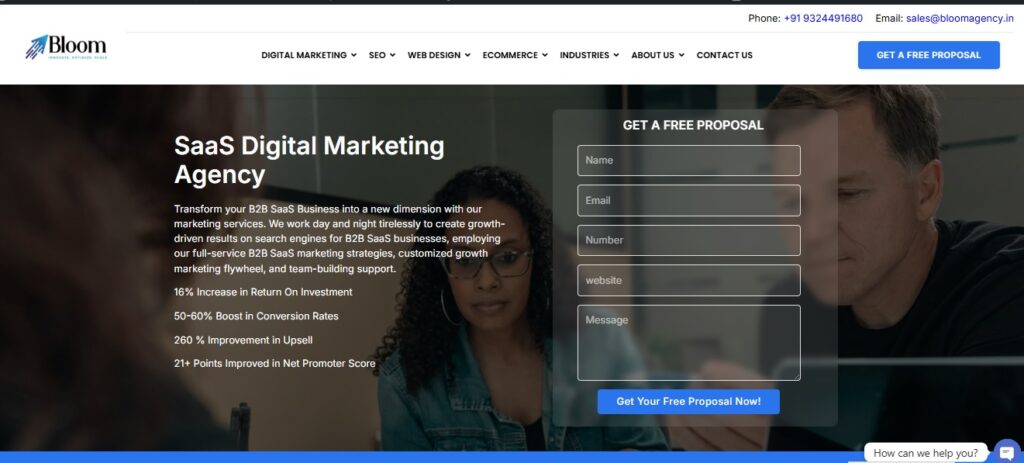
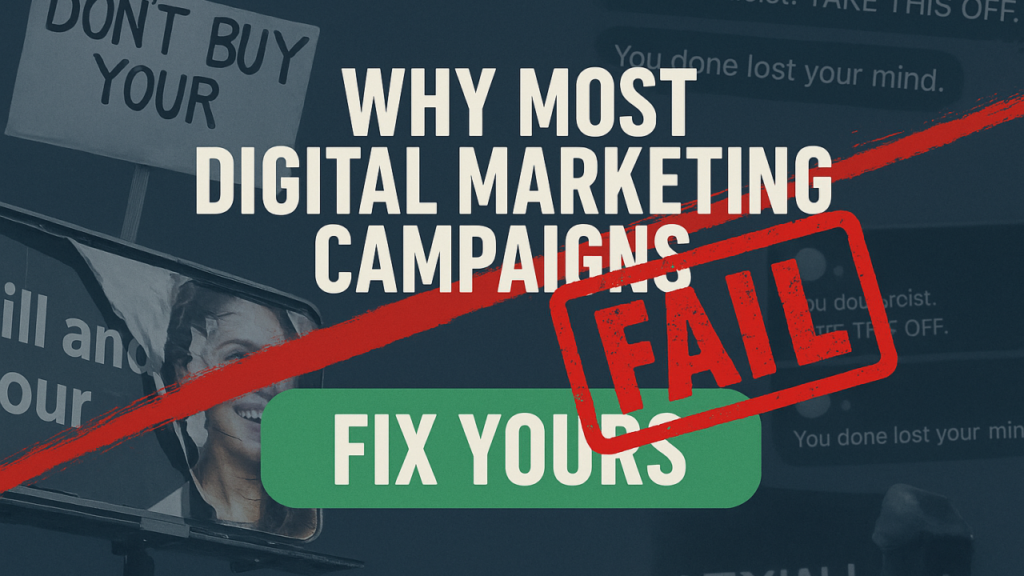



Rahul M.
B2B Service Provider